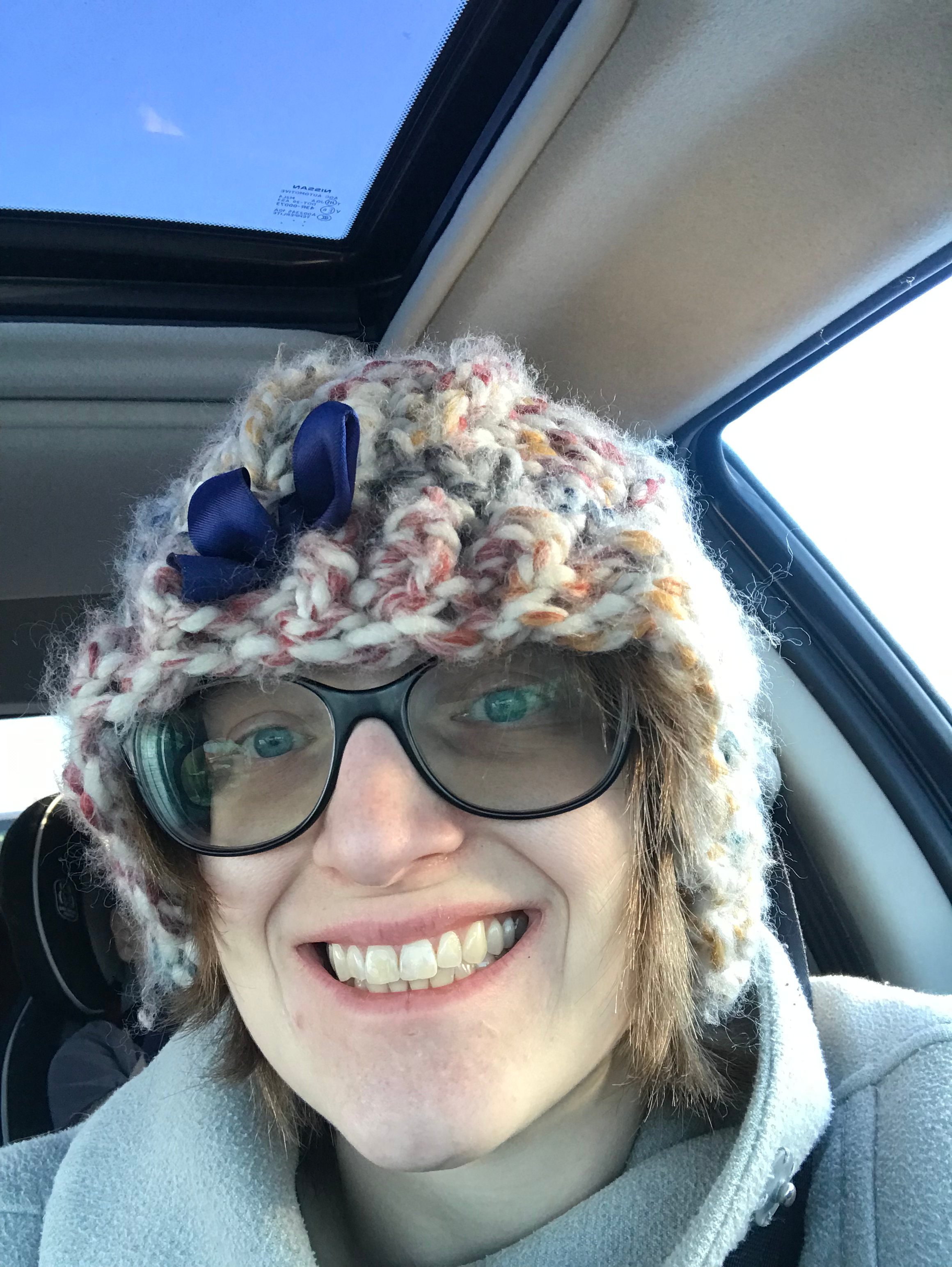Color Theory In Practice
- Andrea Peterson

- Jul 17
- 3 min read
Hi there!
Today I wanted to talk about color theory and how to use it for your projects. As you might notice I love colors and playing with color combinations. I prefer to have a lot of color in my day to day which means I need to make sure to coordinate those colors so that it flows nicely opposed to clashing visually.
You can join my newsletter for a color theory chart. I’m in the process of improving it and transforming it into a color theory booklet. That is taking me a little longer than I would like but I will get it done. If you sign up for my newsletter before it is ready I will send the updated google doc link once complete. So, no worry of missing out!
Let’s get into some color theory. There are three primary colors that all other colors are derived from. They are red, blue, and yellow. Those colors combined with create the three secondary colors: orange, green, and purple/violet. From there if you mix a primary and secondary color you will create a tertiary color. The tertiary colors are: red-orange, yellow-orange, yellow-green, blue-green, blue-violet, and red-violet.
All of these colors are either warm or cool. The warm colors are inviting and energizing while the cool colors are relaxing and chill. The warm colors include red, orange, yellow, red-orange, red-violet, and yellow-orange. The cool colors are blue, green, purple, blue-green, yellow-green, blue-violet. You can really utilize the color temperature to create the feelings associated with them. That is why spas have blue and green design palettes.
The way to best utilize the color wheel is to determine the complementary colors, split complementary color, triadic colors, analogous, diad, and tetradic colors. These are terms to describe where each color falls on the color wheel in relation to each other.
Complementary colors are found across from one another. These colors actually contrast one another for a bold visual. This is a great way to make a bold impression.
Blue and Orange
Purple and Yellow
Red and Green
Split complementary colors are the colors on either side of the true complementary color. This gives you the option to have three colors that are in contrast to make a bold statement with more color options.
Yellow, Red-Violet, and Blue-Violet
Blue, Red-Orange, and Yellow- Orange
Red, Yellow-Green, and Blue-Green
Analogous colors are colors adjacent to another. They are of similar color family. So it’s best to break them up with neutral colors.
Red, Red-Orange, and Yellow- Orange
Yellow, Yellow-Green, and Green
Blue, Blue-Green, and Green
Triads are three colors evenly spaced on the color wheel. These colors are a great way to incorporate three different colors with a good visual flow.
Red, Yellow, and Blue
Red- Orange, Yellow-Green, and Blue-Violet
Orange, Green, and Purple
Yellow- Orange, Blue- Green, and Red-Violet
Tetras are four colors that make up a rectangle on the color wheel. also known as double complementary colors are two pairs of complementary colors. These would create a striking color combination.
Blue, Orange, Red, and Green
Yellow, Purple, Blue, and Orange
Diad colors are two colors that are two color away from each other. This is a simple way to add color without going too hard on it.
Red and Orange
Yellow and Green
Blue and Purple
The possibilities are endless for creating a colorful world in both your fashion and home decor. Life is short and we should have fun with color. It makes things a bit more interesting. If you skeptical about jumping into color start slow and pair with neutrals. That way your color choices won’t be louder than you want. I hope this was informative
Happy hooking and crafting!!
.png)




Comments